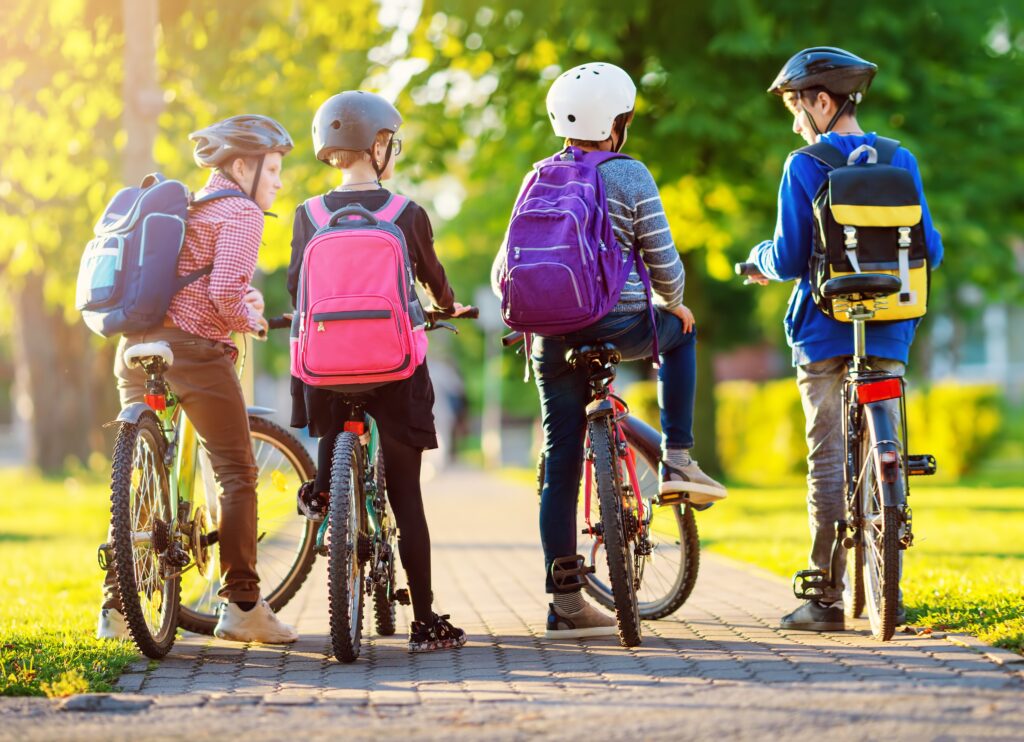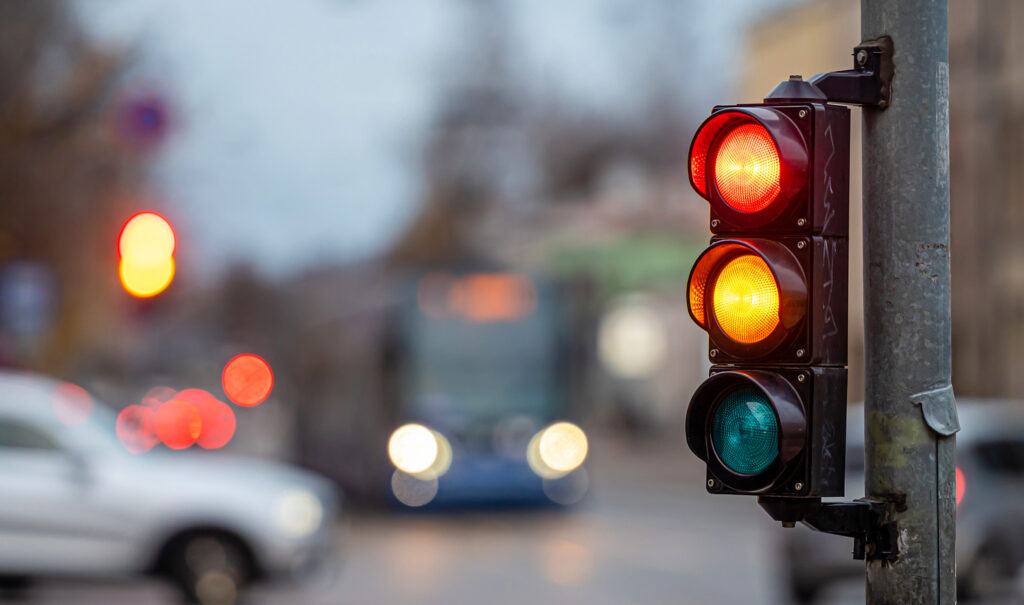Traffic Safety

Traffic Safety Work
Traffic safety work is part of local safety work and promoting residents’ well-being. A safe living environment is comfortable and attractive. A safe and comfortable traffic environment also attracts more trips on foot and by bicycle. Every walker and cyclist benefits from increased daily exercise.
The city of Rauma’s traffic safety work is coordinated and promoted in the cross-administrative traffic safety working group. The working group’s focus is on traffic education and communication, but safety issues related to the traffic environment are also discussed. Promoting walking, cycling and public transport is a key part of traffic safety work. The working group meets 2-3 times a year.
Municipalities’ traffic safety plans are drawn up approximately every 5 to 10 years. The city of Rauma’s latest traffic safety plan was completed at the end of 2016.
The Goals of Traffic Safety Work
Traffic safety work is guided by the goals set for the member states of the European Union and Finland’s national goals, according to which all modes of transport will be so safe by 2050 that no one dies or is seriously injured in traffic (the so-called zero vision). Finland’s intermediate goal, together with other EU countries, is to halve the number of deaths and serious injuries in traffic by 2030 from the level of 2020.
Traffic Safety Situation in Rauma
Traffic safety in Rauma has improved based on accident statistics from previous years. In the years 2014–2019, an average of 1–2 people were killed in traffic in Rauma and around 56 people were injured each year. In the years 2020–2023, the number of injured people has dropped to an average of 26 people per year, while the number of deaths has remained at 1–2 people per year.
The number of traffic accidents resulting in personal injury in Rauma in 2022 (18 accidents) and 2023 (14 accidents) was below the average for Satakunta and the entire country in relation to the population.
Among the accident age groups in Rauma, 15–17-year-olds stand out, who make up about 3% of the city’s residents, but more than 30% of those injured in traffic (years 2019–2023).
Promoting Traffic Safety in Rauma
In order to achieve zero vision, various and continuous actions of several actors are widely needed. The traffic safety of city dwellers is affected by e.g. traffic environment and people’s behavior and attitudes.
The city of Rauma’s traffic safety work is coordinated and promoted in accordance with the national goal in a cross-administrative traffic safety working group between different industries and with other actors.
The city affects traffic safety, e.g. with zoning solutions, street network planning and improvement of the existing network, street network speed limits and supporting infrastructure measures to curb driving speeds. A lower driving speed, especially in areas with a lot of pedestrian and bicycle traffic, gives the vehicle driver a better chance to detect other road users and react to unexpected situations in traffic. A lower driving speed usually also reduces the consequences of a possible accident.
In addition, the city promotes traffic safety, e.g. with public transport planning, traffic education for early childhood education and educational institutions and youth services, as well as improving the traffic safety and traffic safety skills of their own employees.
